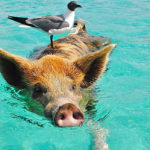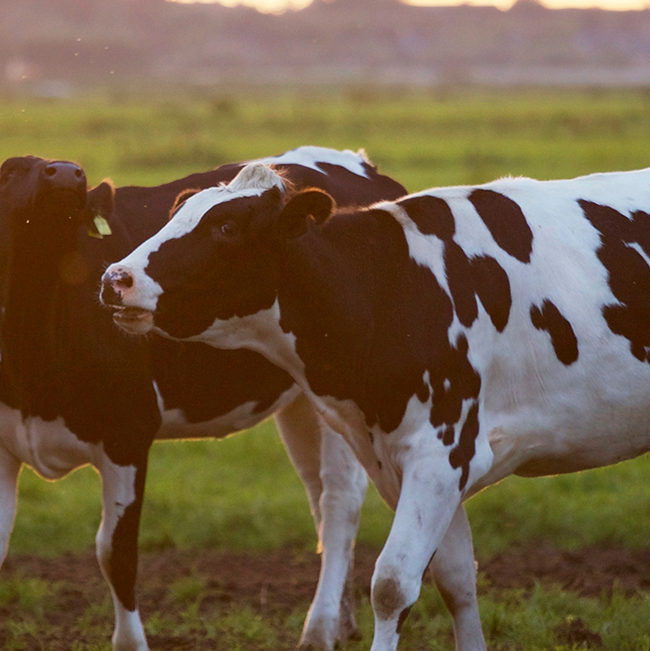Despite the positive global shift towards animal rights’ awareness and activism, Namibia’s government continues to authorise a brutal and inhumane hunt for Cape fur seals. The massacre is shrouded in secrecy, with the hunts being essentially invisible due to trespassing laws – violators of these laws have been arrested. Yet, ironically and tragically, the law fails to protect the animals at the forefront of one of the largest slaughters of marine mammals on our planet.

Namibia’s Secret Seal Massacre is a horrific violation of animal welfare standards, with seal pups being the major target of the Namibian hunt. As of 2016, Namibia set an annual hunt quota of 6,000 bulls and a staggering 80,000 seal pups. The latter are beaten to death with pick handles for their fur pelts, and the former shot so their body parts can be harvested and sold as ineffective “aphrodisiacs” to the Asian market. The young seals, after being beaten with pick handles, are stabbed in the throat; due to the initial blow being insufficient to kill the animal in many cases, the ensuing violence towards to seal pups is often received whilst the animal is conscious and aware.

How, one may ask, can Namibia attempt to justify such an obvious display of cruelty? The rather sickening answer is the fishing industry. Namibian fishermen consider seals as not only rivals for commercially lucrative species, but also as vandals to their fishing equipment. However, as mounting evidence strongly suggests, it is not the seals which are damaging fishing equipment, but rather fishing equipment which is damaging marine life. Cape fur seals have been caught in fishing nets and have been injured by equipment used by the Namibian fishermen. The fishing industry seems to be a thin veil over the real motivation behind the hunt: money.

Though global markets for seal pelts are, thankfully, quickly closing, the export of Cape fur seal pelts remains a profitable venture for the Namibian economy. Turkey is the main customer for these pelts. Here, many are made into coats, with 7 pelts being needed for the production of a man’s seal fur coat. These coats sell for extortionate prices, ranging from $3000-$30,000, according to the “fashion mogul” Hatem Yavuz (National Geographic). However, as South Africa (who banned commercial sealing in 1990) has proven, seal tourism is an alternative and lucrative way in which Namibia could benefit from, rather than exploit, its Cape fur seal population; environmental economists have even concluded that tourism could generate 300% more revenue than hunting (The Economics of Seal Hunting and Seal Watching in Namibia).

Rather than waiting for the world to leave fur out of its fashion, Namibia should perhaps realise that in an increasingly compassionate world, an industry based on conservation and protection of its seal populations will be more lucrative than one which brutally exploits defenseless animals.
Awareness of Namibia’s Secret Seal Massacre, and pressure on the Namibian government, is perhaps the only way to end this cruel and unnecessary massacre. The hunting season runs from July through November, 139 days filled with violence and death. Seal hunts are damaging both ethically and environmentally, yet Namibia continues the violence in the name of profit and poorly researched environmental ‘concerns.’ Namibia relies upon the secrecy it has curated for itself around this savage display of violence and cruelty towards Cape fur seals, and it is this mask of secrecy that we must tear away.

If you have enjoyed reading this blog post then don’t forget to check out our other categories such as videos, events, fashion and beauty, activism, travel, interviews and more.








